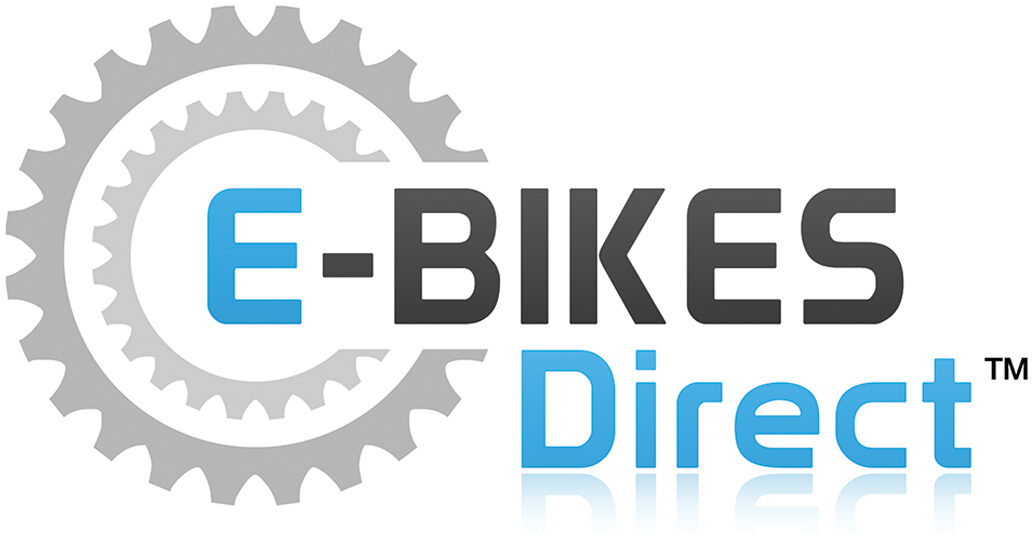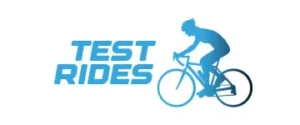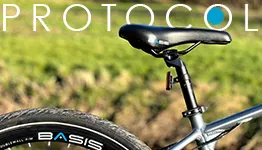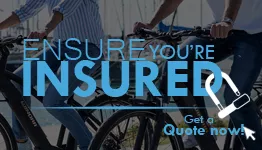The following government schemes have been put into place. To encourage the use of electric bikes as an alternative transport. More information on any of these schemes is available on request from our good selves or the link provided on the page.
By encouraging people to consider alternatives to traditional petrol vehicles, these schemes are seeking to improve the quality of life by reducing carbon and other harmful emissions associated with the internal combustion engine. It is also keen to reduce the impact of noise and congestion.
1. Extract from the Inland Revenue’s document IR176
IR 176 – Green Travel
A guide for employers and employees on tax and National Insurance contributionsThis leaflet explains how the tax and National Insurance systems encourage employers to set up Travel Plans (also known as Green Transport plans), designed to reduce the environmental impact of employees’ travel.
Can employers provide cycles free from tax and NICs?
Yes. If an employer provides cycles or cycling safety equipment for their employees to travel to and from work, the employees will not have to pay tax or NICs to pay on the benefit.
Can employees use the cycles for leisure as well?
Yes. As long as the cycle is used mainly for travelling to and from work.How much can employers pay their employees who use their own cycles on business travel?
It is up to the employer. However, employees will have to pay tax on any amount received over the ‘approved mileage allowance payments’ (AMAPs) limit. The tax free AMAPs amount is calculated on the basis of 20p for every business mile travelled whether or not all business miles are reimbursed. The same rules apply for calculating whether NICs are due on any payment of expenses for the business use of an employee’s cycle and use the same 20p rate.
However, employees cannot claim wear and tear on their cycles as the 20p per mile rate covers this.
What if the employer doesn’t pay the AMAP amount?
If an employer doesn’t pay their employees a mileage allowance or pays less than the AMAP amount, the employees can get tax relief on the difference between the approved amount and the amount they receive. This is called ‘mileage allowance relief’ (MAR). You cannot claim tax relief over this amount even if expenses are higher. Claims for relief have to be supported by a record of business miles and the mileage allowance payments made by your employer.
For more information please see leaflet IR124 ‘Using your own vehicle for work’.
Can employers claim relief for capital expenditure on Travel Plans?
Yes. If they buy
- cycles or buses as part of a Travel Plan, or
- computer equipment and related software to set up and monitor the Travel Plan
these would qualify as ‘machinery or plant’ for which capital allowances are available. If employers build structures such as cycle storage sheds, they may be able to claim ‘industrial buildings’ capital allowances if they also have other qualifying buildings and structures in their trade.
What journeys qualify as business travel?
Any journey that employees make to carry out their job. Two types of journeys count as business travel for tax relief purposes, they are
- journeys that employees make have to make as part of their job, for example, from their usual workplace to a meeting at another office
- journeys that employees have to make to and from a temporary workplace, for example, travel directly from home to visit a client.
What is a cyclist breakfast?
If an employer holds a designated ‘cycle to work day’ to promote cycling instead of driving to work they can provide refreshments or a meal for employees who cycled when they arrive at work. A maximum of six cyclist ‘breakfasts’ a year per employee are exempt from tax and NICs.
Will employees have to pay tax and NICs on workplace parking?
No. Employees will not have to pay tax or NICs on parking facilities provided by their employer for cycles or motorcycles at or near the workplace. These notes are for guidance only and reflect the tax position at the time of writing. They do not affect any right of appeal.
Issued by the Inland Revenue Marketing and Communication
February 2003 © Crown Copyright 2003
2. Park & Charge
Park & Charge is another initiative to get people using electrically powered vehicles, the aim is to provide secure parking and charging bays for electric bikes and scooters with docking stations. This initiative facilitates users of electrically assisted two-wheelers and cars to store their vehicles in a safe and secure location and to connect them to a supply of electricity. Therefore increasing the range of these bicycles in a day for longer journey’s. This system uses smart technology that has the ability to recognise the voltage requirements of any battery-powered vehicle, ensuring an efficient recharging process. New Ride, launched with the support of Transport for London in Camden, one of the capital’s busiest boroughs, provides a range of benefits to electric vehicle users and to retailers of electric two- and three-wheel vehicles: please see ww.newride.org.uk There is currently a park and charge facility at Central London: NCP Drury Lane. This scheme hopes to go nationwide in the future. Please keep an eye on this website for updates.
For car park owners: The Government’s Energy Saving Trust could help you meet at least 40% and as much as 50% of the costs of providing a Park and Charge facility.










